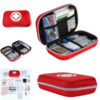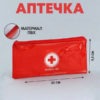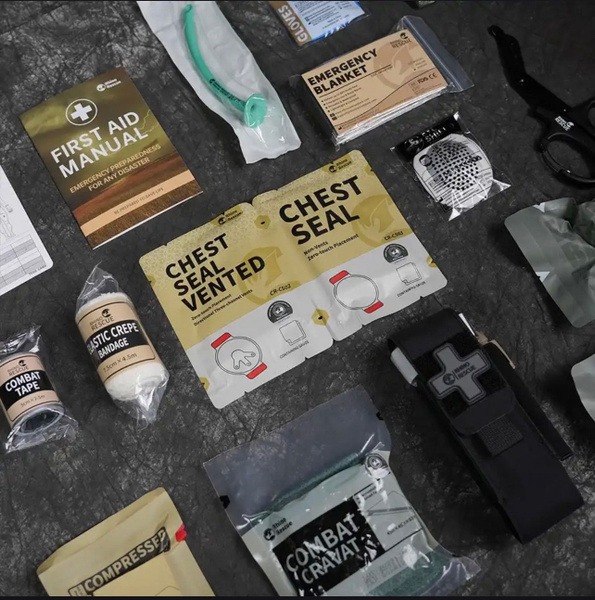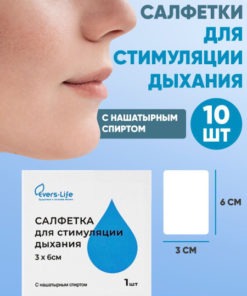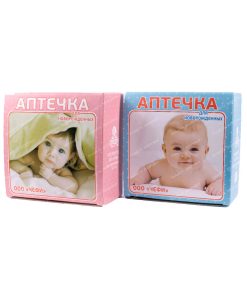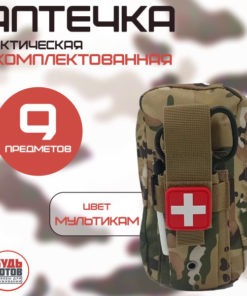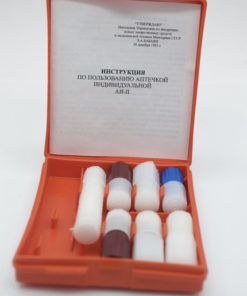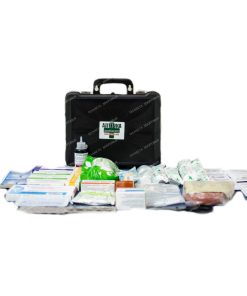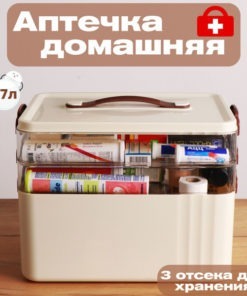-
×
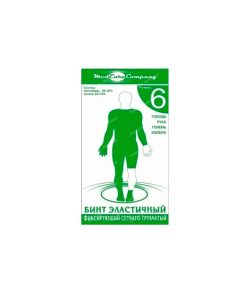 Bandage medical elastic mesh-tubular fixing No. 6 0.5 m
1 × $9.00
Bandage medical elastic mesh-tubular fixing No. 6 0.5 m
1 × $9.00 -
×
 Materia Medica Anaferon, 20 tablets
1 × $29.00
Materia Medica Anaferon, 20 tablets
1 × $29.00 -
×
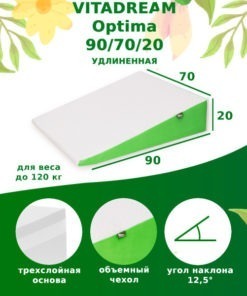 VitaDream Supportive Pillow 70x90cm (20cm High)
1 × $289.00
VitaDream Supportive Pillow 70x90cm (20cm High)
1 × $289.00 -
×
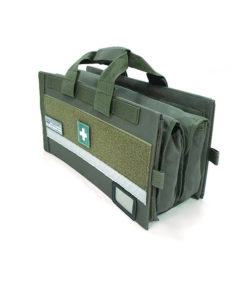 Olive Green Convertible Multi-Purpose Tote Bag SURT-01
1 × $109.00
Olive Green Convertible Multi-Purpose Tote Bag SURT-01
1 × $109.00 -
×
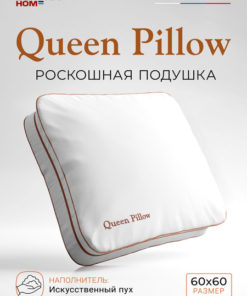 Queen Pillow, 60x60cm: Luxurious Comfort
1 × $99.00
Queen Pillow, 60x60cm: Luxurious Comfort
1 × $99.00 -
×
 Belt medical elastic size 3
1 × $19.00
Belt medical elastic size 3
1 × $19.00 -
×
 White Disposable Cat Mask
2 × $9.00
White Disposable Cat Mask
2 × $9.00 -
×
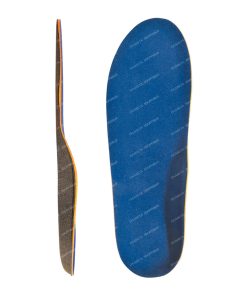 Orthopedic insoles for adults art. D2-2 p.45 diabetic unloading.
1 × $19.00
Orthopedic insoles for adults art. D2-2 p.45 diabetic unloading.
1 × $19.00 -
×
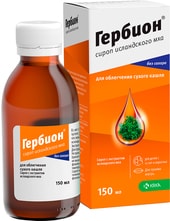 KRKA Herbion syrup Icelandic moss, 150 ml.
1 × $29.00
KRKA Herbion syrup Icelandic moss, 150 ml.
1 × $29.00 -
×
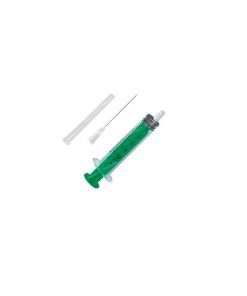 Syringe Avanti Medical three-component single use sterile with a needle 5.0 ml
1 × $9.00
Syringe Avanti Medical three-component single use sterile with a needle 5.0 ml
1 × $9.00 -
×
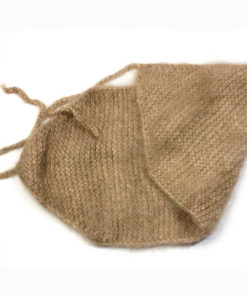 Dog Hair Belt
2 × $69.00
Dog Hair Belt
2 × $69.00 -
×
 Low-Cut Blue Hexa Shoe Covers (40 Pairs, Sizes 38-46)
1 × $19.00
Low-Cut Blue Hexa Shoe Covers (40 Pairs, Sizes 38-46)
1 × $19.00 -
×
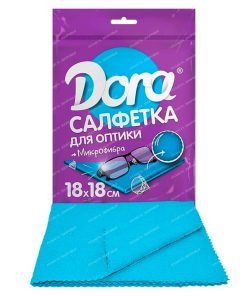 Microfiber cloth Dora "For optics" 18*18 cm
1 × $9.00
Microfiber cloth Dora "For optics" 18*18 cm
1 × $9.00 -
×
 Water for injections in ampoules 5ml №10
1 × $9.00
Water for injections in ampoules 5ml №10
1 × $9.00 -
×
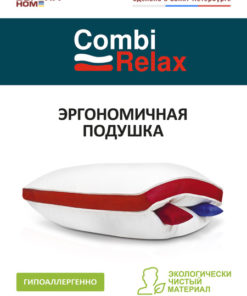 COMBI-RELAX Pillow with 2 Buckwheat Hull Rollers
1 × $79.00
COMBI-RELAX Pillow with 2 Buckwheat Hull Rollers
1 × $79.00 -
×
 Arthovix Meridian: Joint Health Supplement
1 × $19.00
Arthovix Meridian: Joint Health Supplement
1 × $19.00 -
×
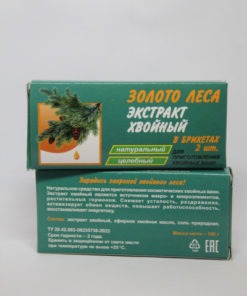 Pine Extract Briquettes (Direct from Manufacturer)
1 × $19.00
Pine Extract Briquettes (Direct from Manufacturer)
1 × $19.00 -
×
 Rubicon Venolex, 450 mg, 60 tablets
1 × $42.50
Rubicon Venolex, 450 mg, 60 tablets
1 × $42.50 -
×
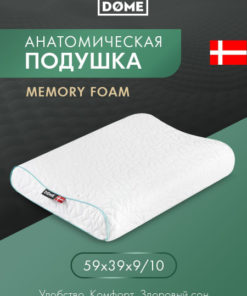 VEYLE ERGO Memory Foam Pillow: Anatomical Support (39x59x10cm)
1 × $79.00
VEYLE ERGO Memory Foam Pillow: Anatomical Support (39x59x10cm)
1 × $79.00 -
×
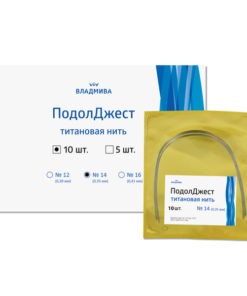 VladMiVa Podolgest Titanium Thread 14 (0.35mm) - 10 Pieces
1 × $79.00
VladMiVa Podolgest Titanium Thread 14 (0.35mm) - 10 Pieces
1 × $79.00 -
×
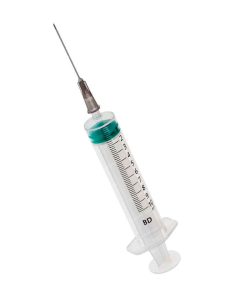 Syringe two-component BD Discardit II 10 ml with a needle 21G x 1 1/2
1 × $9.00
Syringe two-component BD Discardit II 10 ml with a needle 21G x 1 1/2
1 × $9.00 -
×
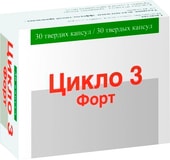 Pierre Fabre Cyclo 3 Fort, 30 caps.
1 × $57.50
Pierre Fabre Cyclo 3 Fort, 30 caps.
1 × $57.50 -
×
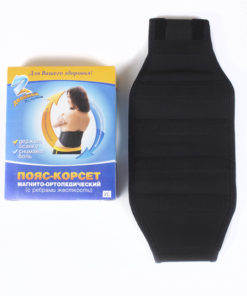 Magnetic Orthotic Corset with Rigid Stays, Size Small (40-42)
1 × $19.00
Magnetic Orthotic Corset with Rigid Stays, Size Small (40-42)
1 × $19.00 -
×
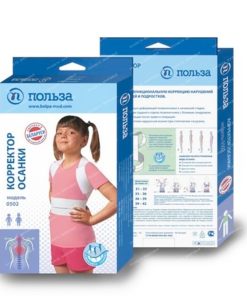 Posture corrector size 1 model 0502 (white)
1 × $29.00
Posture corrector size 1 model 0502 (white)
1 × $29.00 -
×
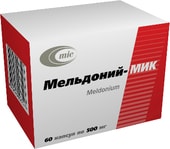 MIC Meldonium-Mick, 500 mg, 60 caps.
1 × $69.00
MIC Meldonium-Mick, 500 mg, 60 caps.
1 × $69.00
Subtotal: $1,305.00
 Free worldwide shipping on orders $99+
Free worldwide shipping on orders $99+
 US: 2–3 weeks,
US: 2–3 weeks,
 EU: 1–2 weeks,
EU: 1–2 weeks,
 Worldwide: 1–4 weeks
Worldwide: 1–4 weeks


